
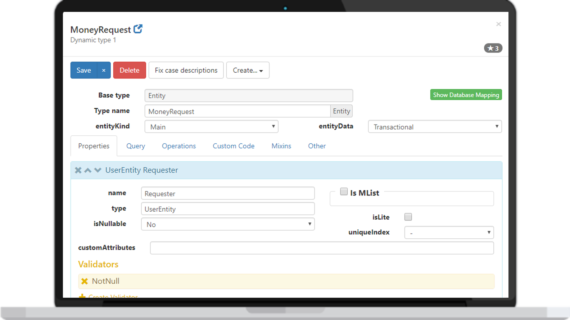
1Entity Design
Simply define the structure of the entities and establish relationships between them. If necessary, we can also define property validator rules, unique indexes, and entity-based operations.

By agileBPMS agileBPMS everyone knows what to do when and how to do! Now I make and run the most complex processes with just a few clicks
It's always duplication and mistake. The process and the communication between colleagues is unclear! There is no logical and systematic way of doing this.
You do not need any specialized IT expertise. Only mastering your own processes is enough
You do not need to coding for most tasks
You can do the modeling process until the implementation, In a few minutes
Only by relying on their ability, develop and maintain your process


Simply define the structure of the entities and establish relationships between them. If necessary, we can also define property validator rules, unique indexes, and entity-based operations.
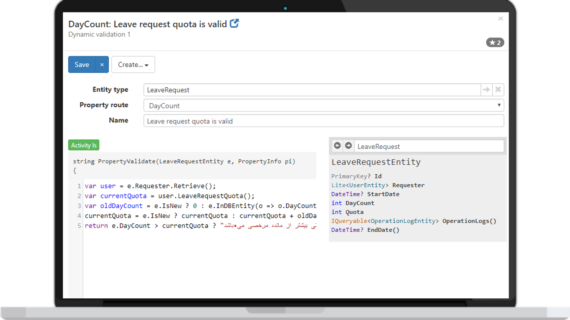
By agileBPMS, we do not need to code to apply property validator rules. If there are complicated rules that can not be implemented in the property validator values, we will implement these rules in the form of a function in C # and verify that it is valid on an existing or new entity.
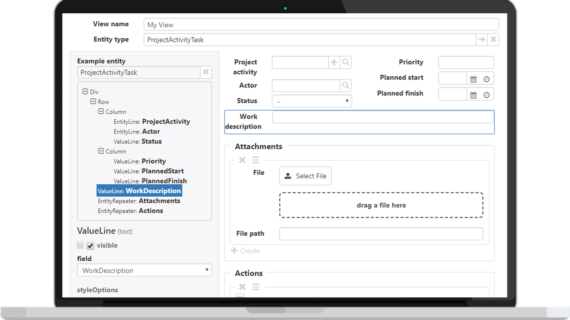
Based on the structure we have designed, the form is created automatically so that we can change it with our own taste and bring it to the desired shape. At this stage, it is possible to customize the characteristics of the form. If you need to do advanced costumize, we can also use the ability to code in Javascript.
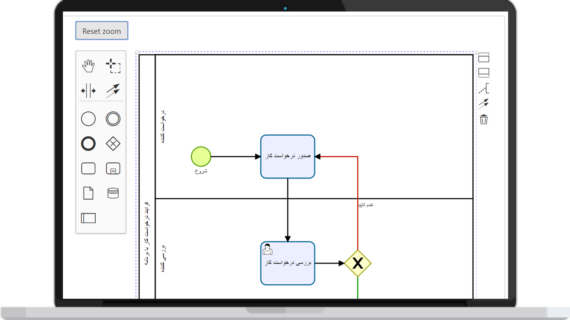
With the BPMN 2.0 modeling language, we model our business processes and apply the settings needed to run the process on the model. We do all of this in the agileBPMS process modeler environment and we do not need to install any other add-ons.
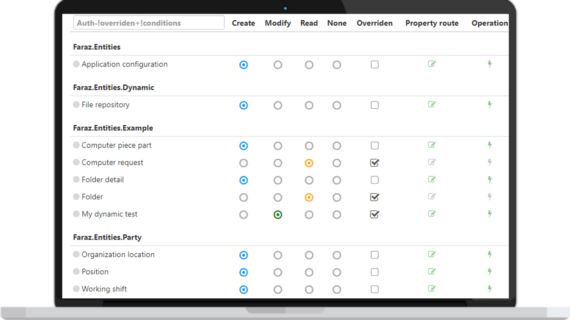
After specifying the role of each user, we determine their access level to different parts of the system. Roles can have a hierarchical structure that has an inherited property. In this step, we also have the ability to define access rules for entities, attributes, operations, and information.
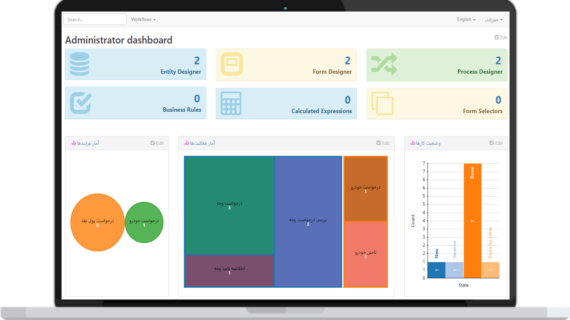
In the main dashboard, we can put a chart of work, a list of important tasks and everything we need to stay in front of our eyes. With an innovative dashboard design tool, we draw graphs, search forms and statistical data together and design our own custom dashboard.
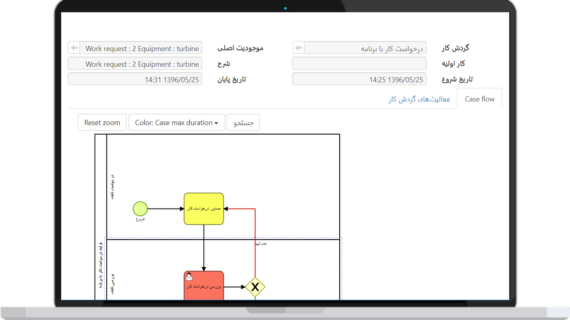
At this point, each user can execute their own processes and can see their process activities in the dashboard. In the dashboard, there are plenty of ways to manage tasks, such as tasks categories and personal archives, searches, notes for the next step, job status breakdowns, and graphical display of work flow.
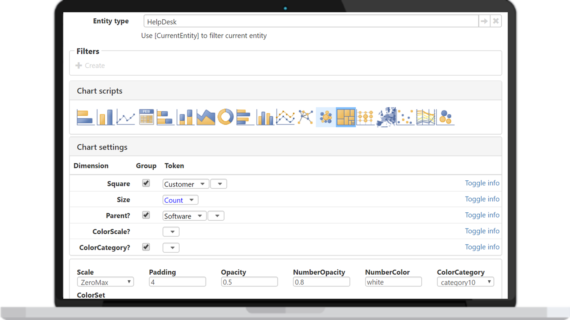
In agileBPMS, we can easily detect process bottlenecks by building up various reports based on process implementation data and applying the necessary changes to fix them. Multilevel reports provide the ability to monitor business activity (BAM) from the highest levels of the organization to the activities of a job.